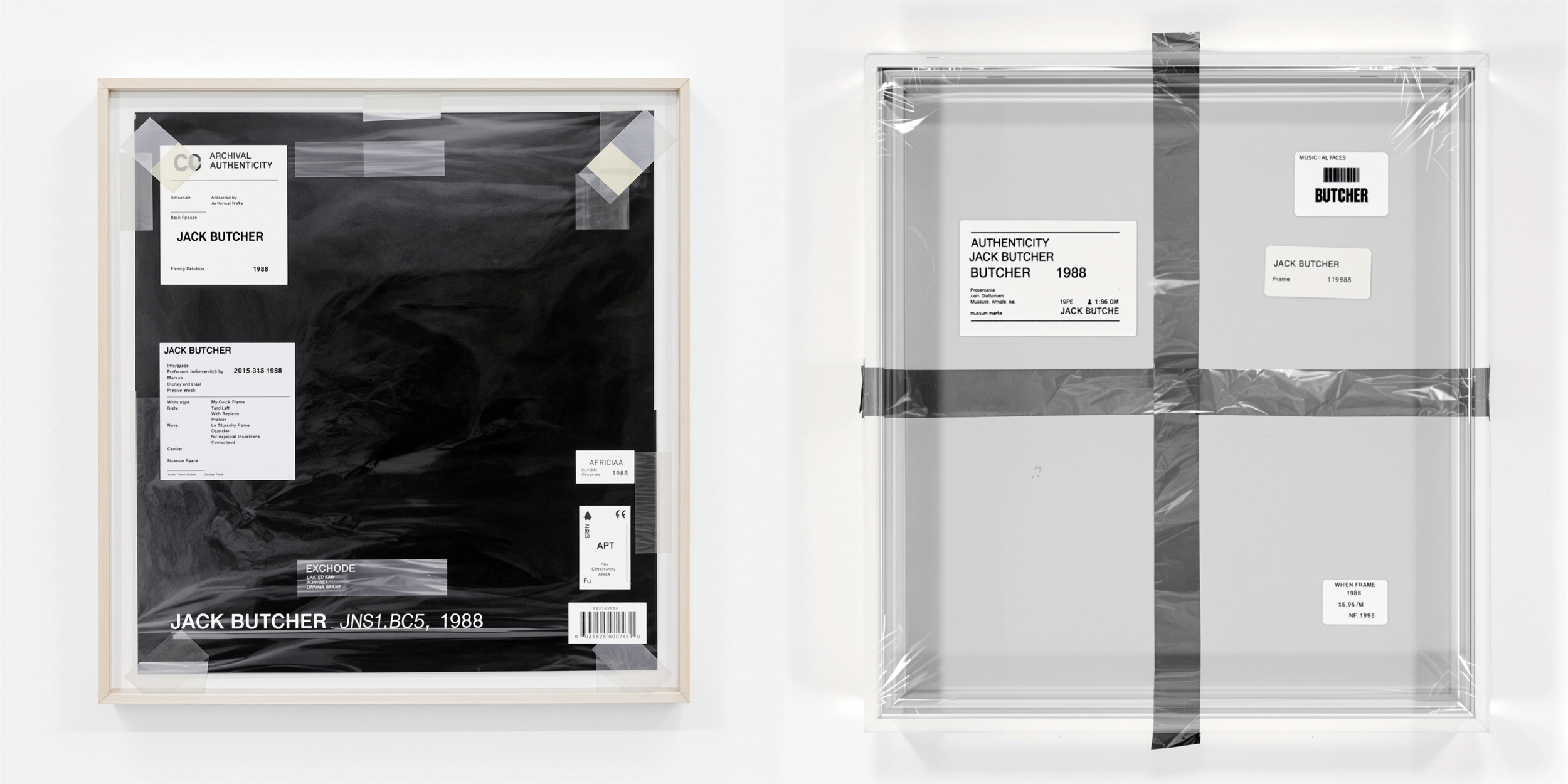Hardware (2025)
544 (Maximum Total Supply)
Ethereum Virtual Machine
January 2025
Collaborators: Highlight
Browse & Collect: Highlight
No matter how art is framed, labeled, or verified, its meaning ultimately resides in how it’s perceived.
Hardware, Jack Butcher
"Hardware" and its predecessor "1988" form a sophisticated examination of artistic provenance and authenticity, directly engaging with contemporary art world debates. The project responds specifically to Damien Hirst's controversial practice of backdating works to their conceptual origin rather than their physical creation date, with Butcher noting this as "a ludicrous premise to most, and also an incredible insight into the subjectivity of value."
The work operates through multiple conceptual layers:
"The Physical Impossibility of Provenance" (referencing Hirst's famous shark in formaldehyde "The Physical Impossibility of Death in the Mind of Someone Living") explores how traditional art institutions struggle with authenticity verification. While physical artwork requires extensive resources and expertise to verify, and still relies heavily on trust, blockchain networks can establish verifiable provenance for digital objects with greater certainty than traditional methods can achieve for "oil on canvas (or shark in formaldehyde)."
The project connects visually to Hirst's work - his controversial three-part display piece mirrors Butcher's "three black checks" which exist in a similar state of philosophical uncertainty. This uncertainty is captured perfectly in an anecdote about children viewing the black checks online - when told "it doesn't exist yet," they respond "what are you talking about – it's right there," pointing to the computer screen. This tension between existence and non-existence, digital and physical, becomes central to the work's meaning.
"Hardware" extends these ideas by creating hyper-realistic digital renderings of archival materials. The rendered documentation includes plastic wrapping, authentication labels, and institutional framing - all visual signifiers traditionally used to validate physical artworks, but existing here only as digital artifacts. By using 1988 (Butcher's birth year) as both title and conceptual anchor, the project pushes Hirst's premise of backdating to conception to its logical extreme.
The technical execution mirrors institutional art world practices while transcending them. The migration from Ethereum Layer 2 to Layer 1 creates a verifiable chain of provenance that ironically provides more concrete verification than traditional art world documentation methods. Each new mint increases the cost by one unit, with a maximum supply of 554 pieces, creating a systematic approach to value accumulation that operates through smart contracts rather than traditional market mechanisms.
Migration infrastructure executed by Highlight.xyz
The project thus highlights a key paradox: while major institutions have historically been fooled by fake physical artworks, blockchain technology enables indisputable verification of digital assets - even when those assets are deliberately playing with notions of physicality and documentation. Through its visual language of institutional documentation systems - authentication cards, barcodes, precise dating, and standardized framing - all existing purely digitally, "Hardware" challenges our assumptions about authenticity, value, and verification in both digital and traditional art spaces.
This creates a compelling commentary on how we establish and verify value in art, suggesting that permissionless, digital networks might actually provide more reliable provenance than traditional institutional methods - even as the artwork itself questions the very nature of existence and authenticity in digital space.
The visual language deliberately adopts institutional documentation systems - authentication cards, barcodes, precise dating, and standardized framing. By recreating these elements in digital form while maintaining their connection to Hirst's conceptual framework, the work questions the nature of artistic origin, authenticity, and value attribution in both digital and traditional art spaces.
"Hardware" thus functions as both a continuation of and commentary on art historical practices of provenance and authentication, while remaining firmly rooted in contemporary blockchain technology and digital art creation.


